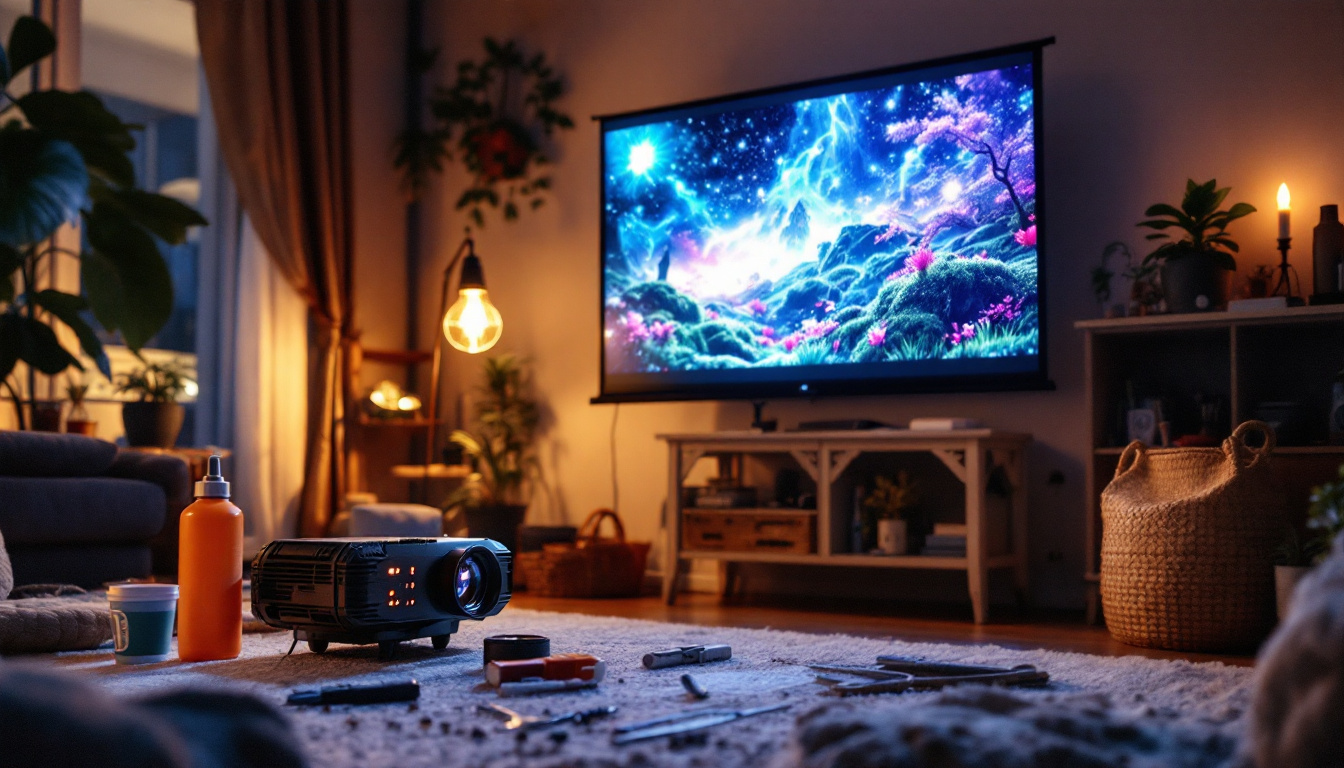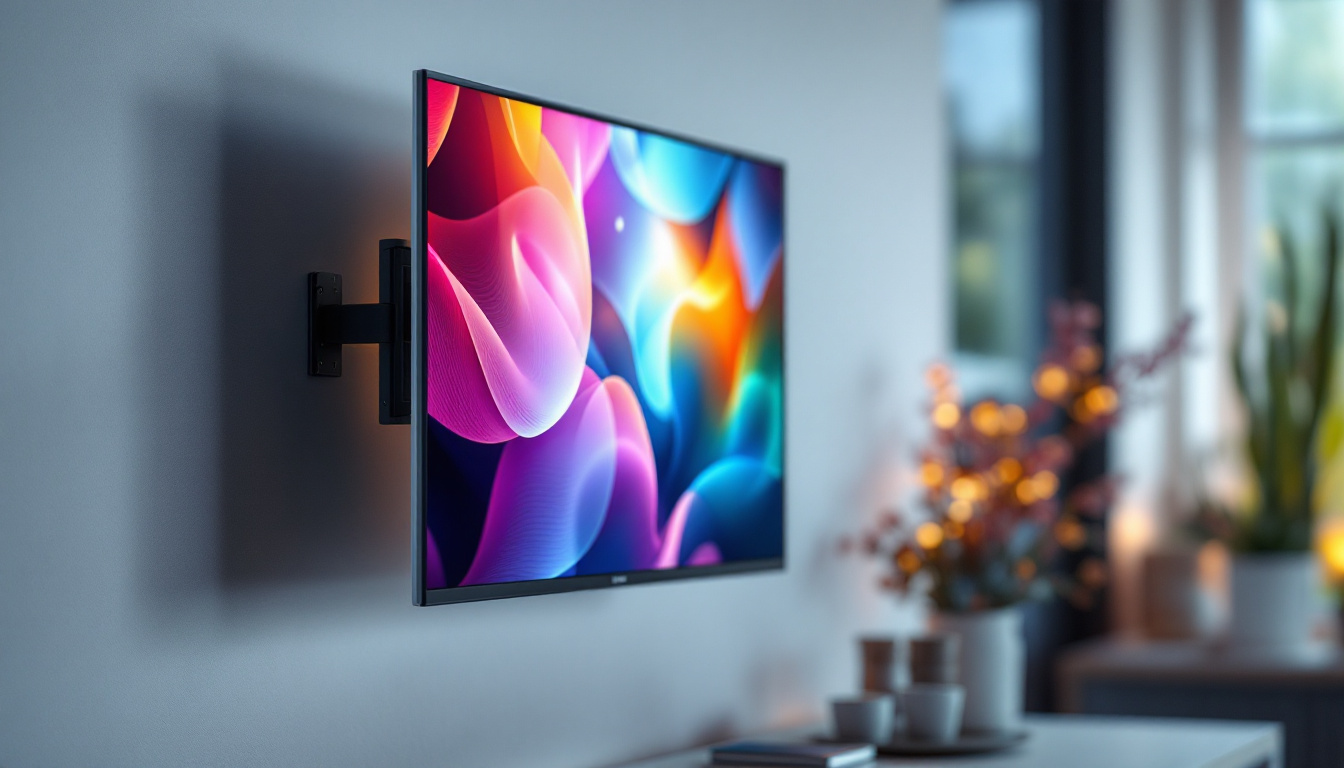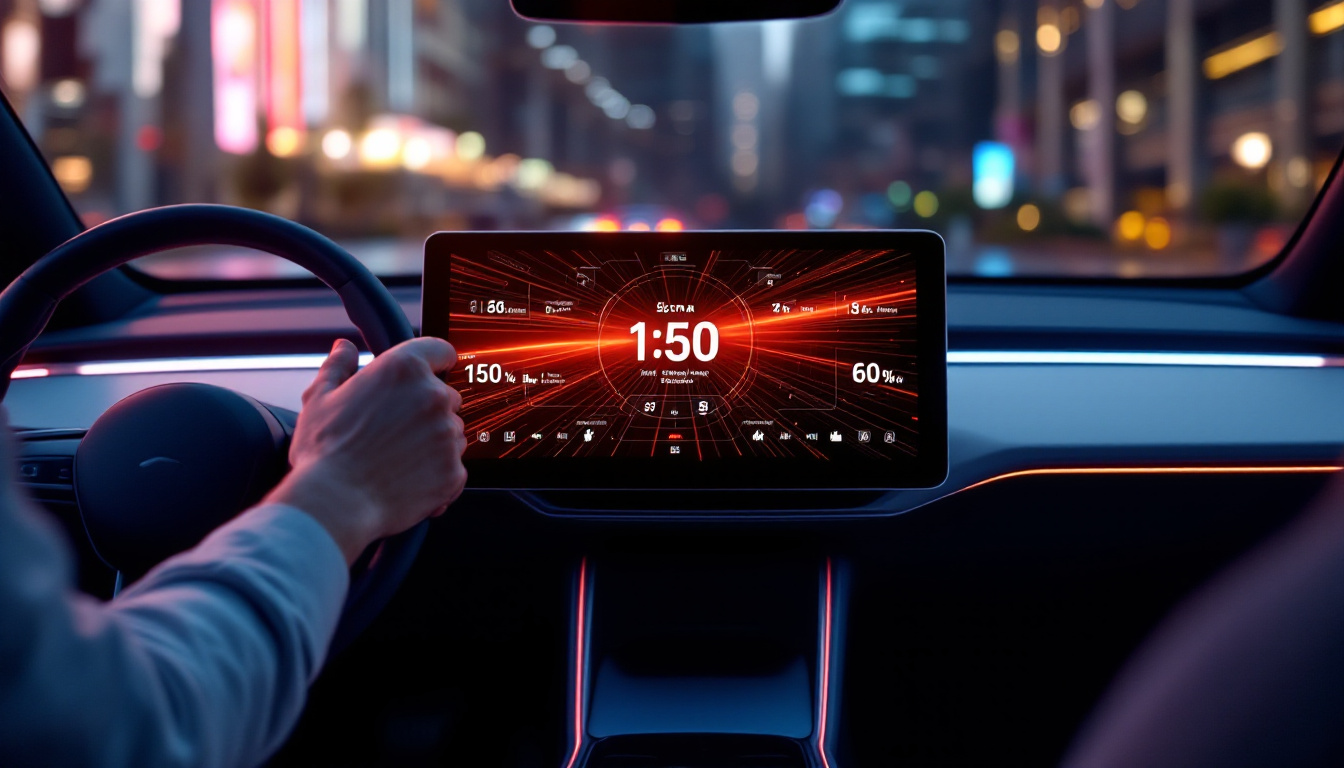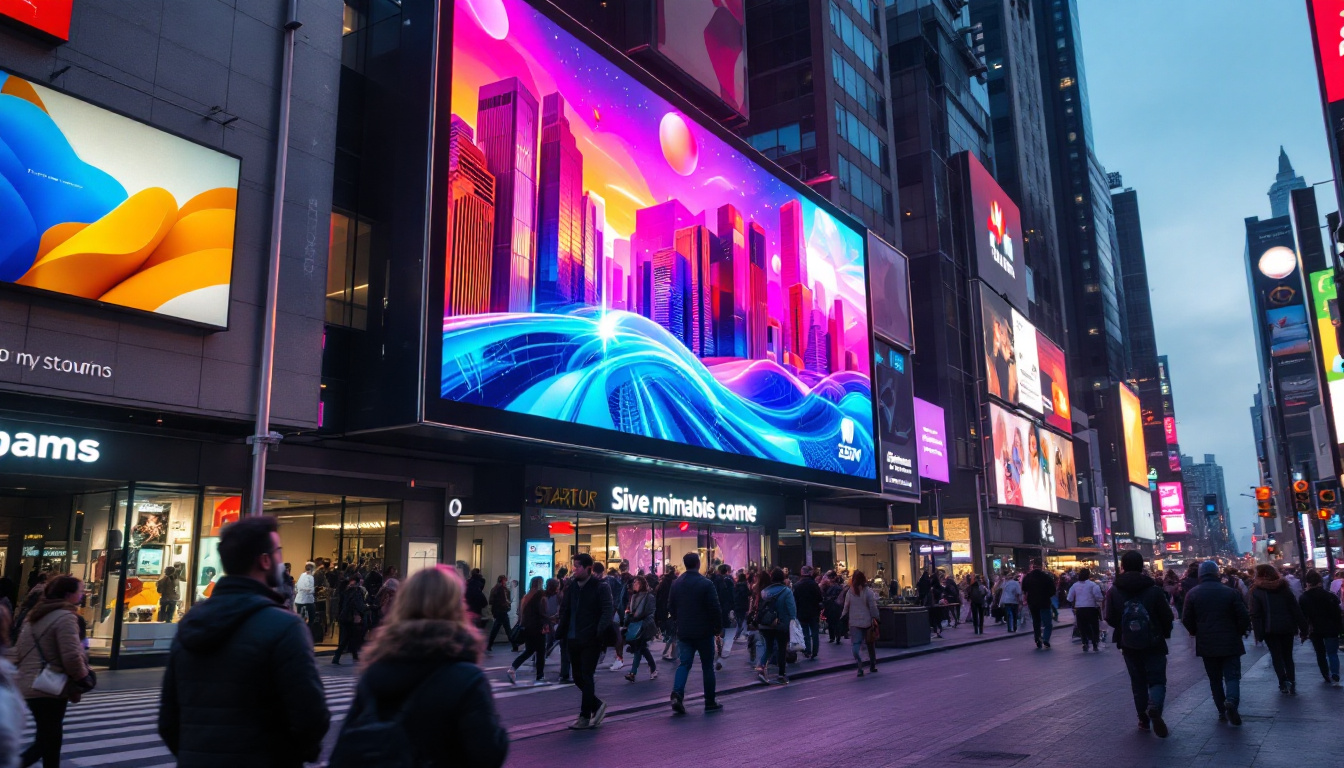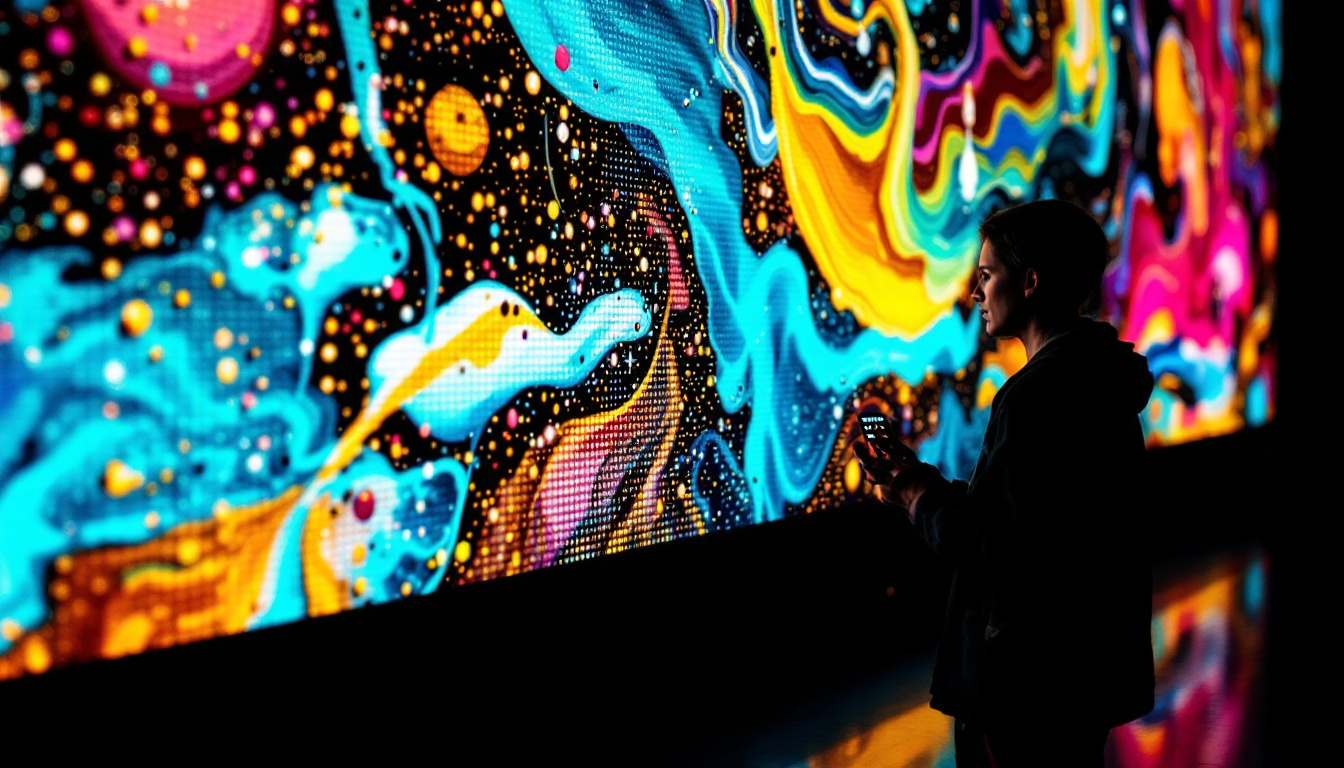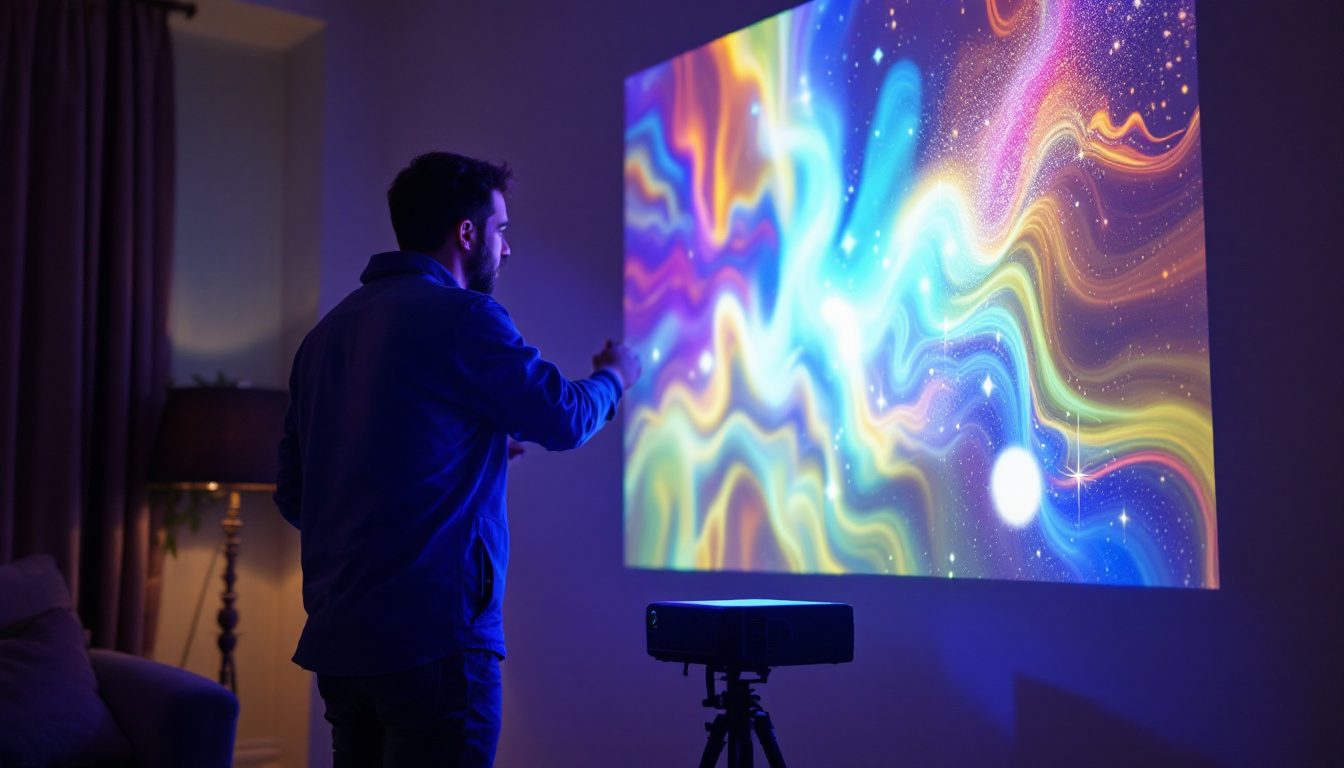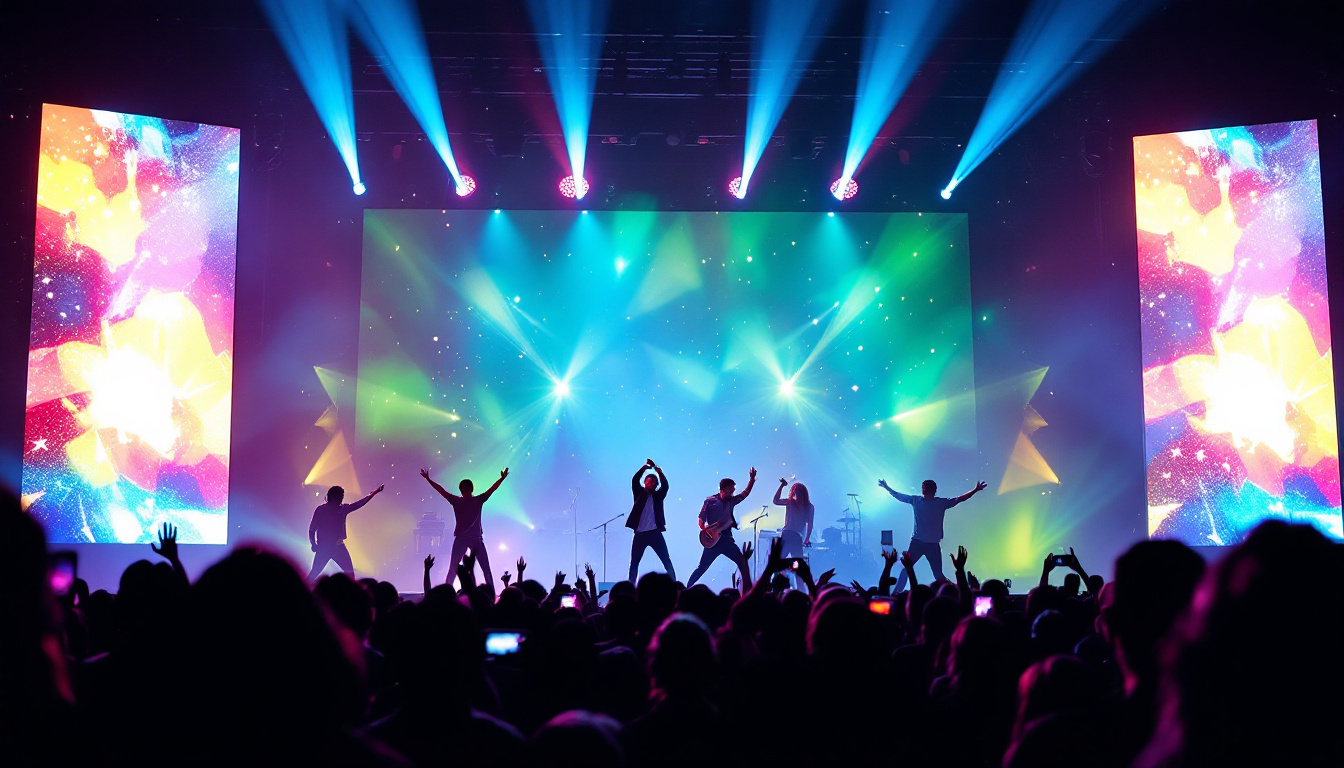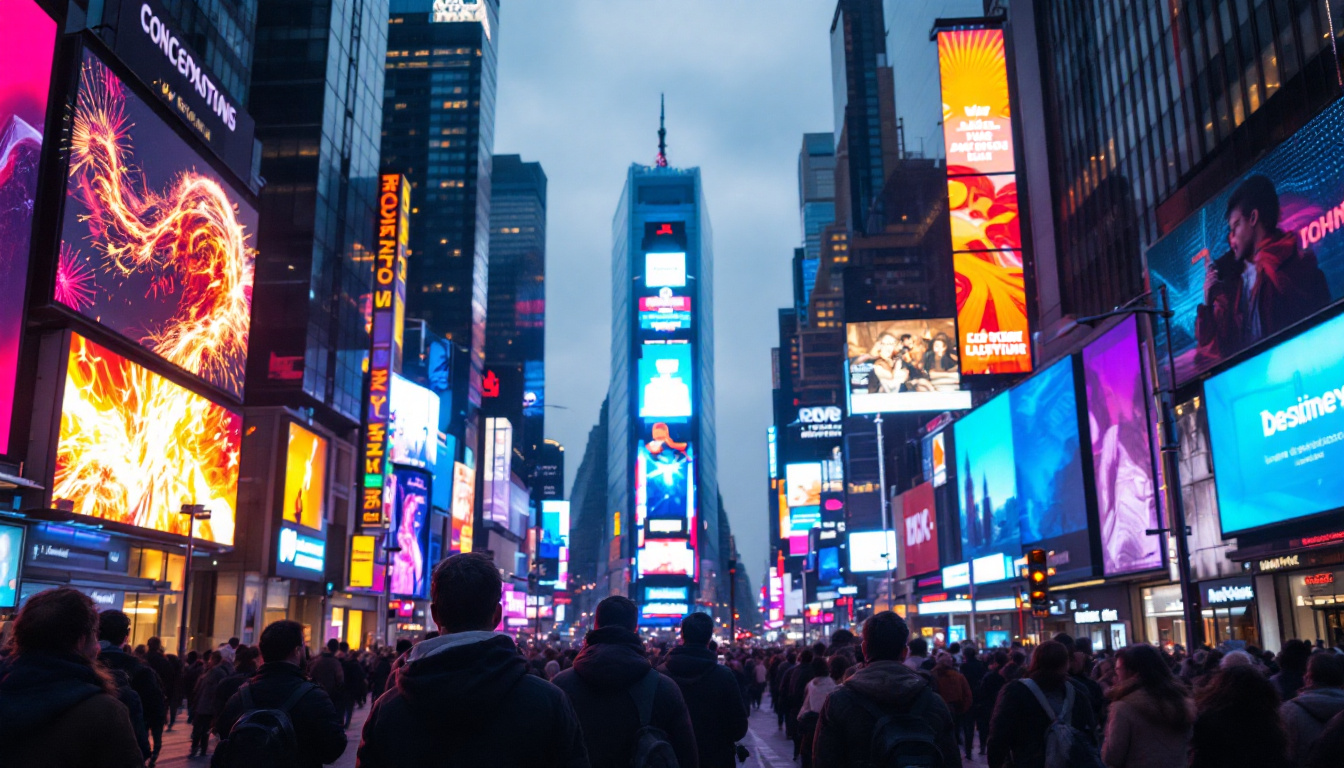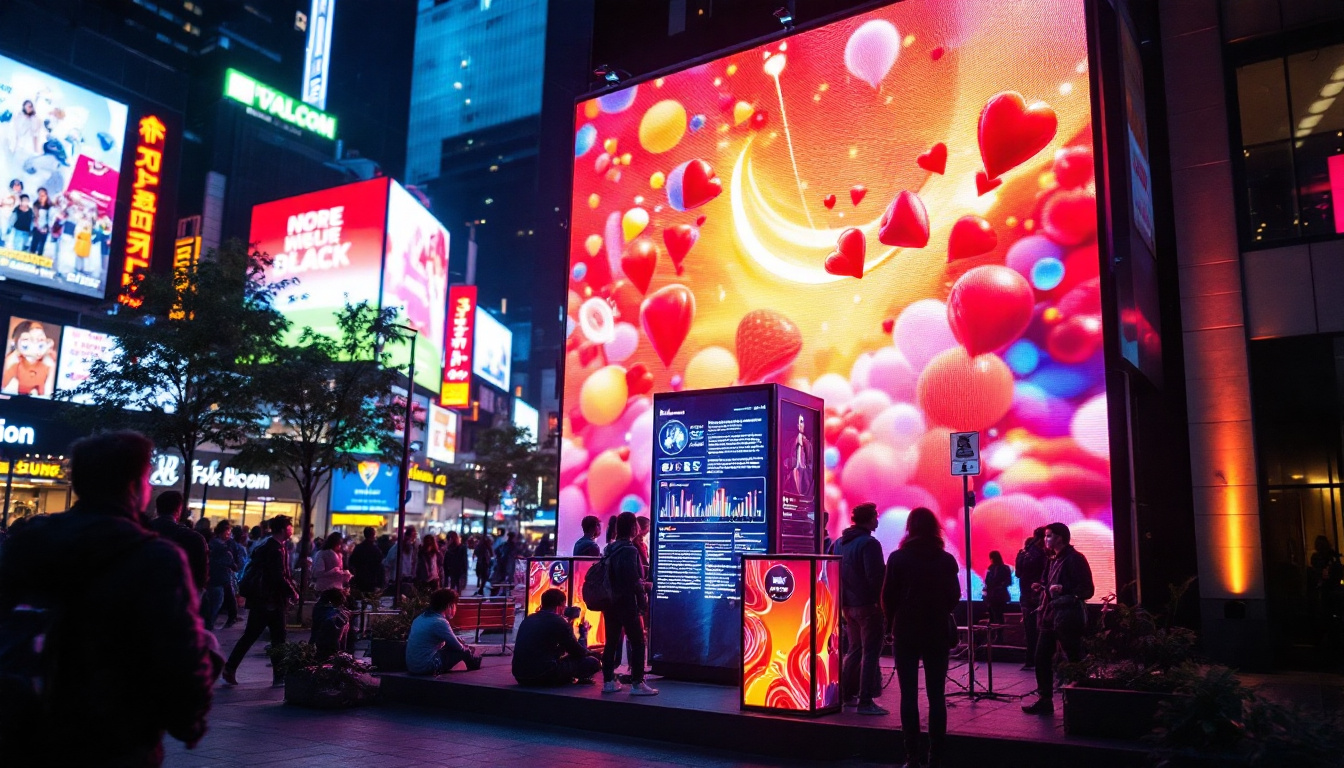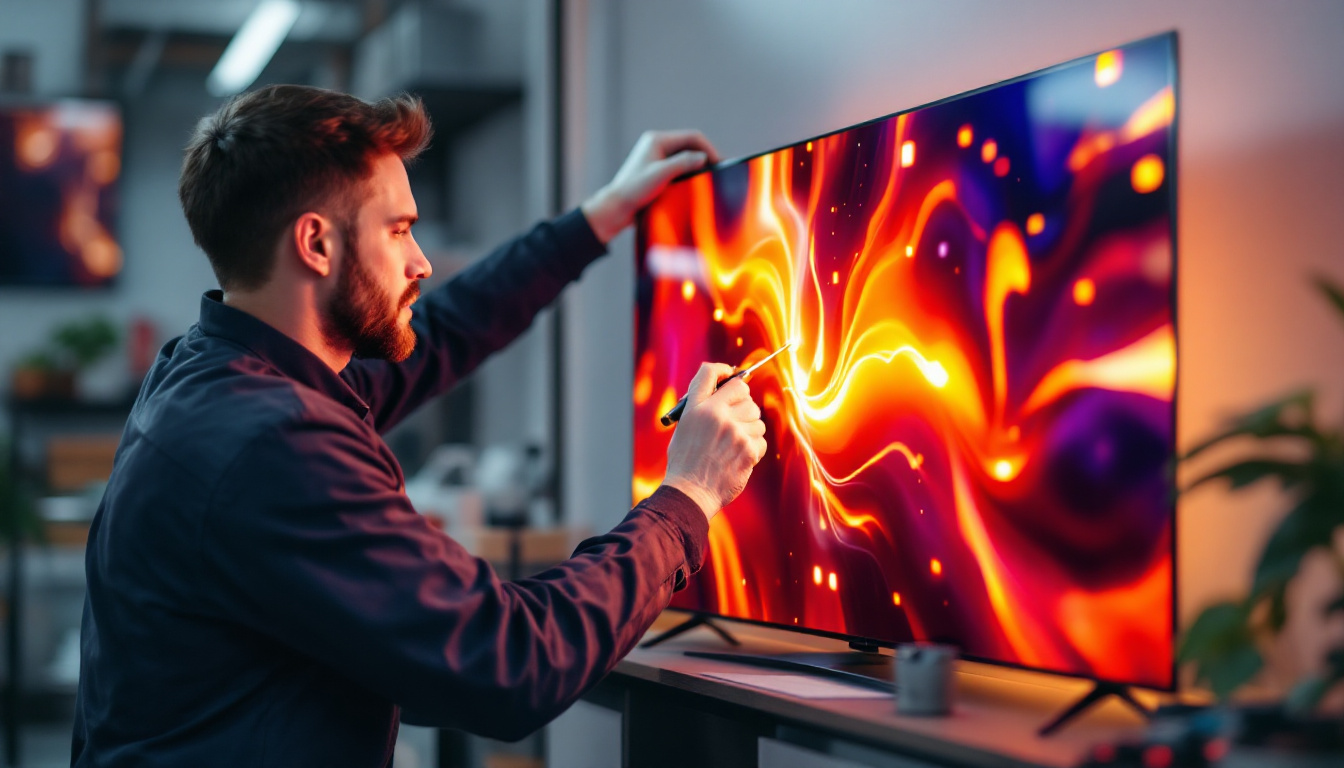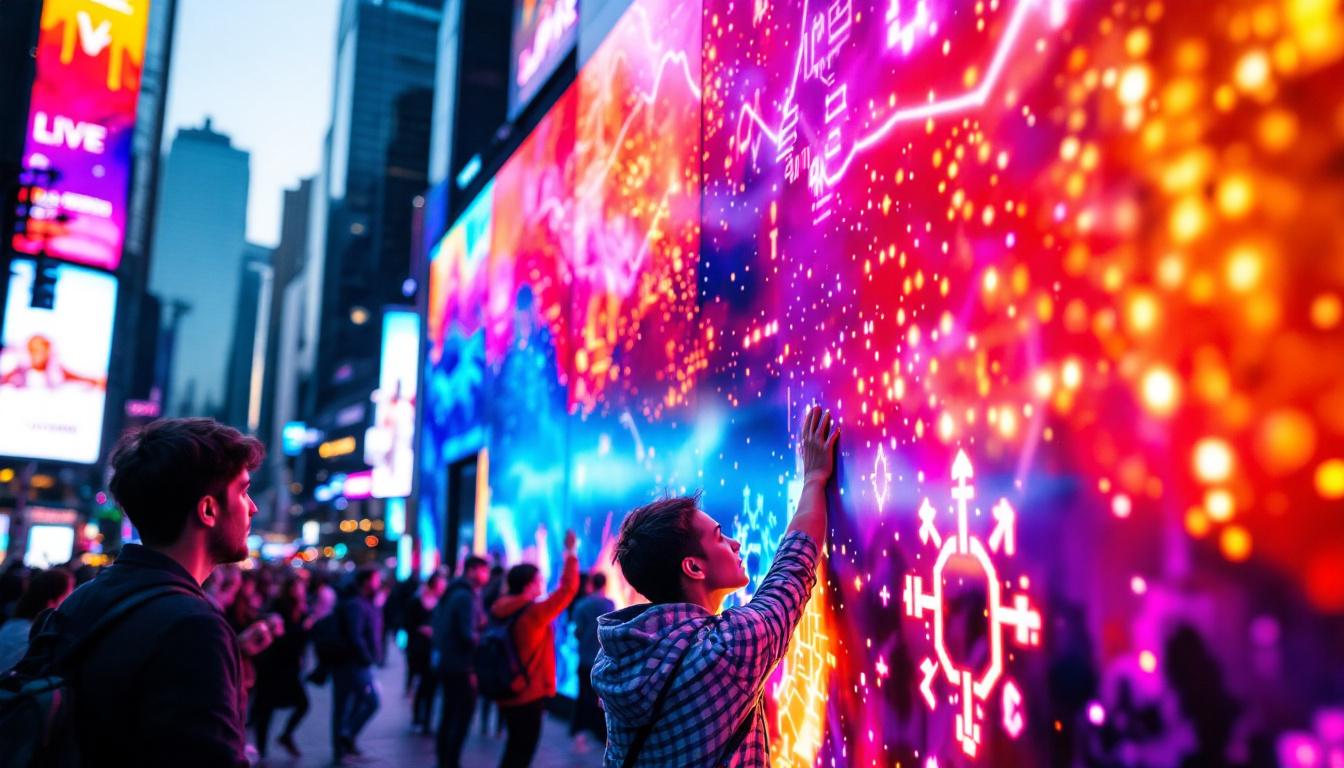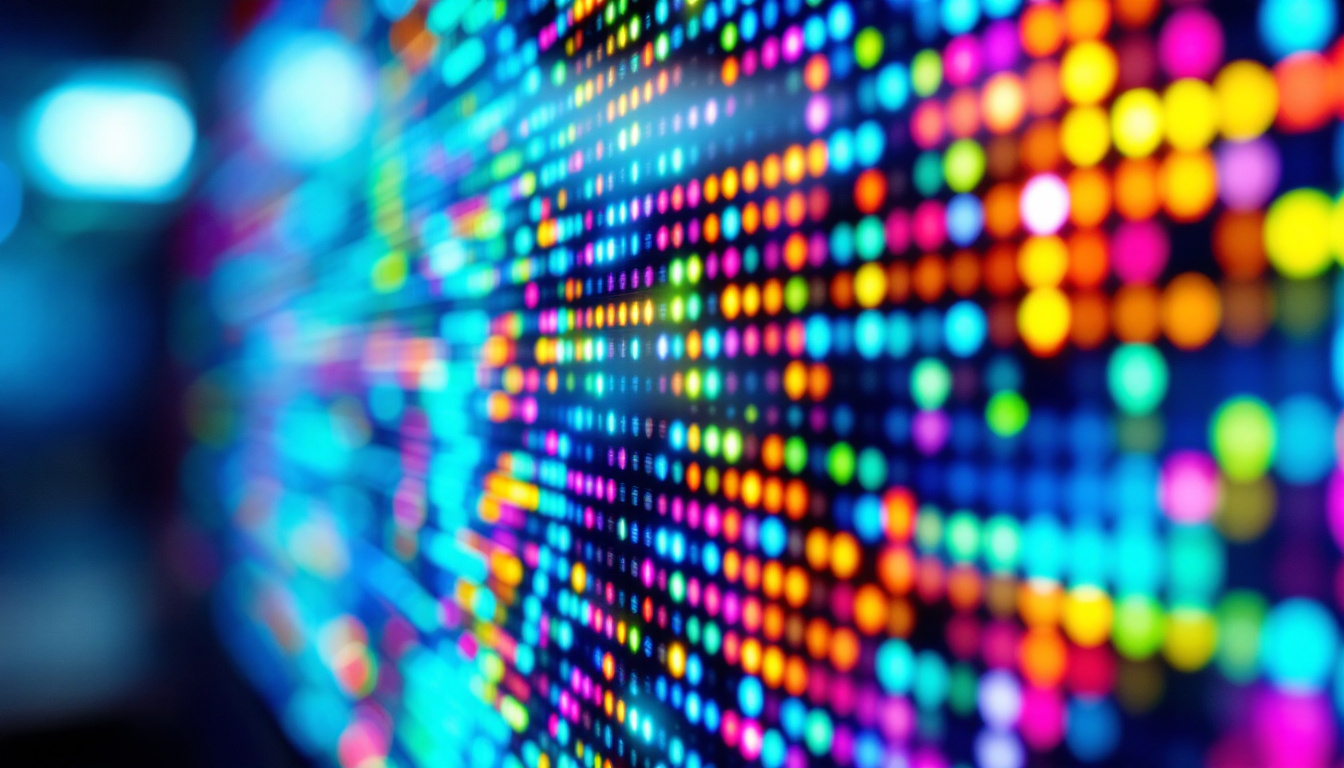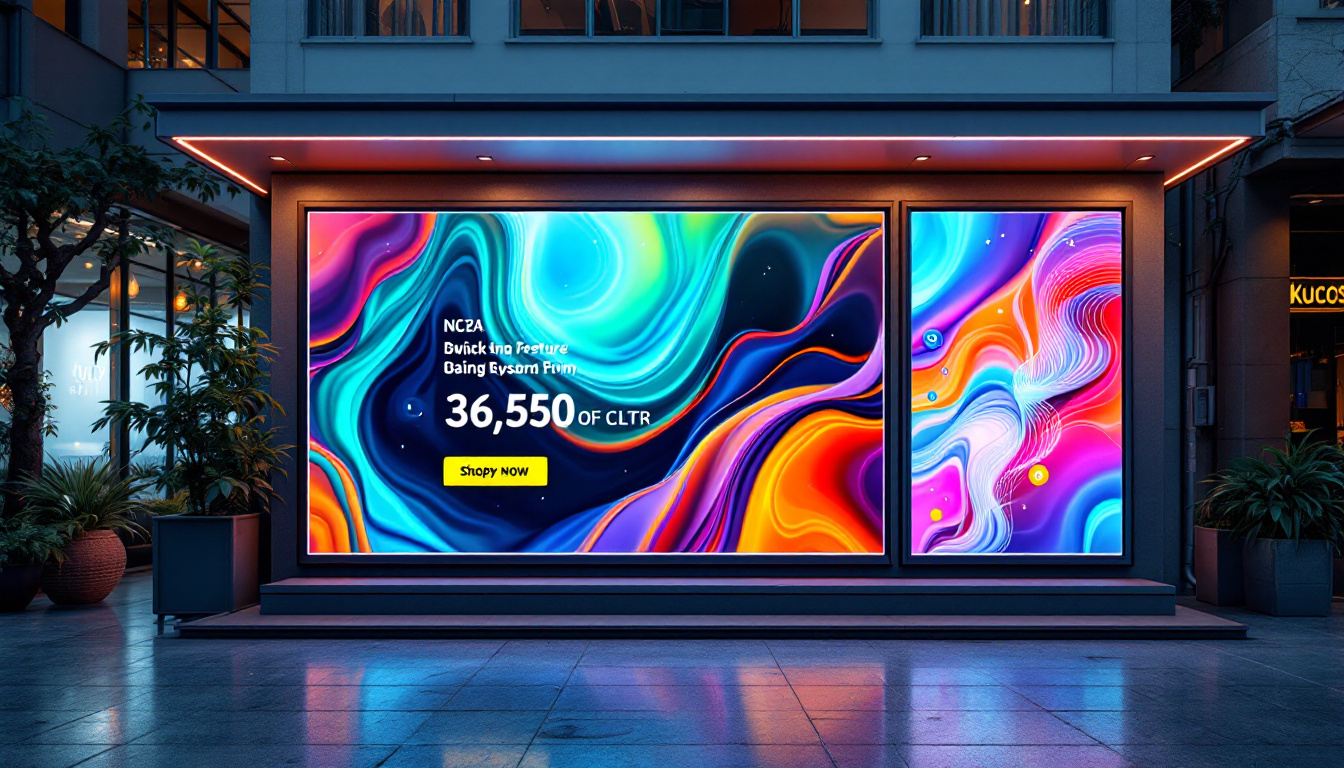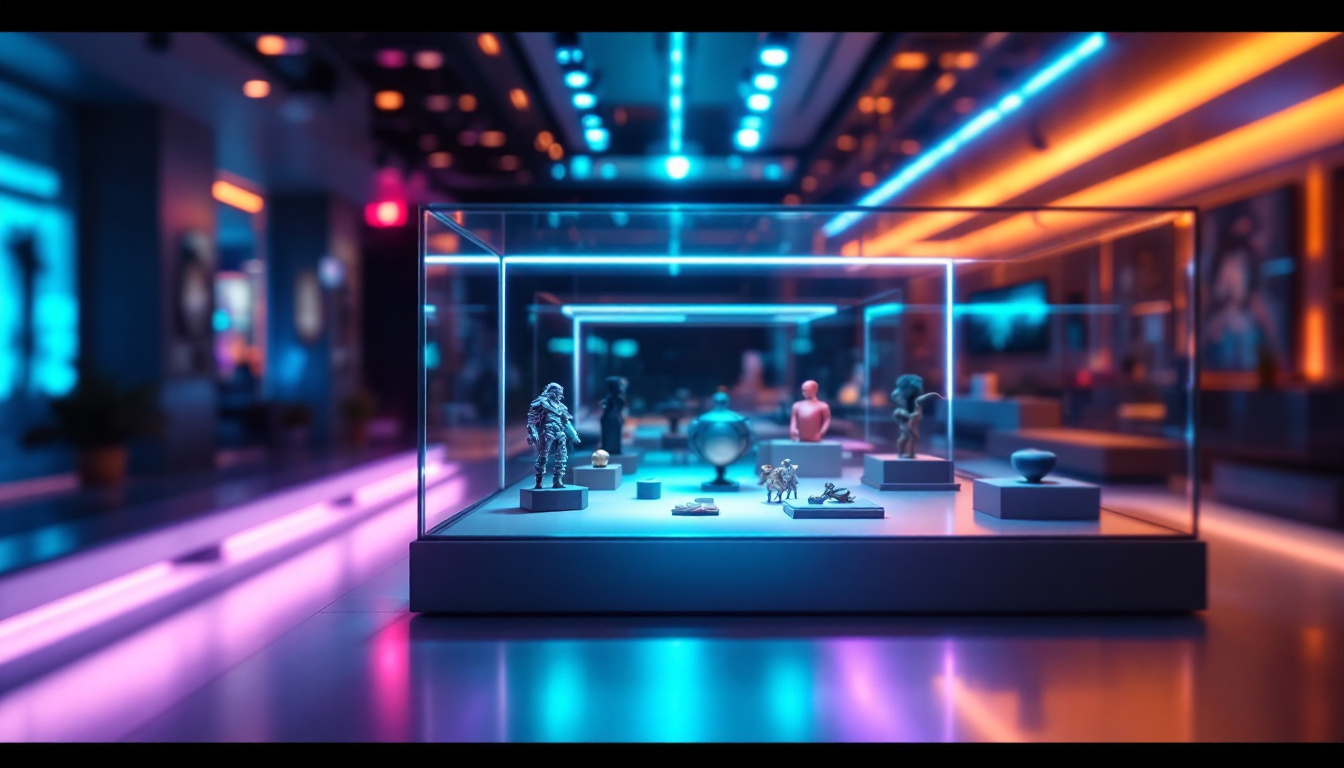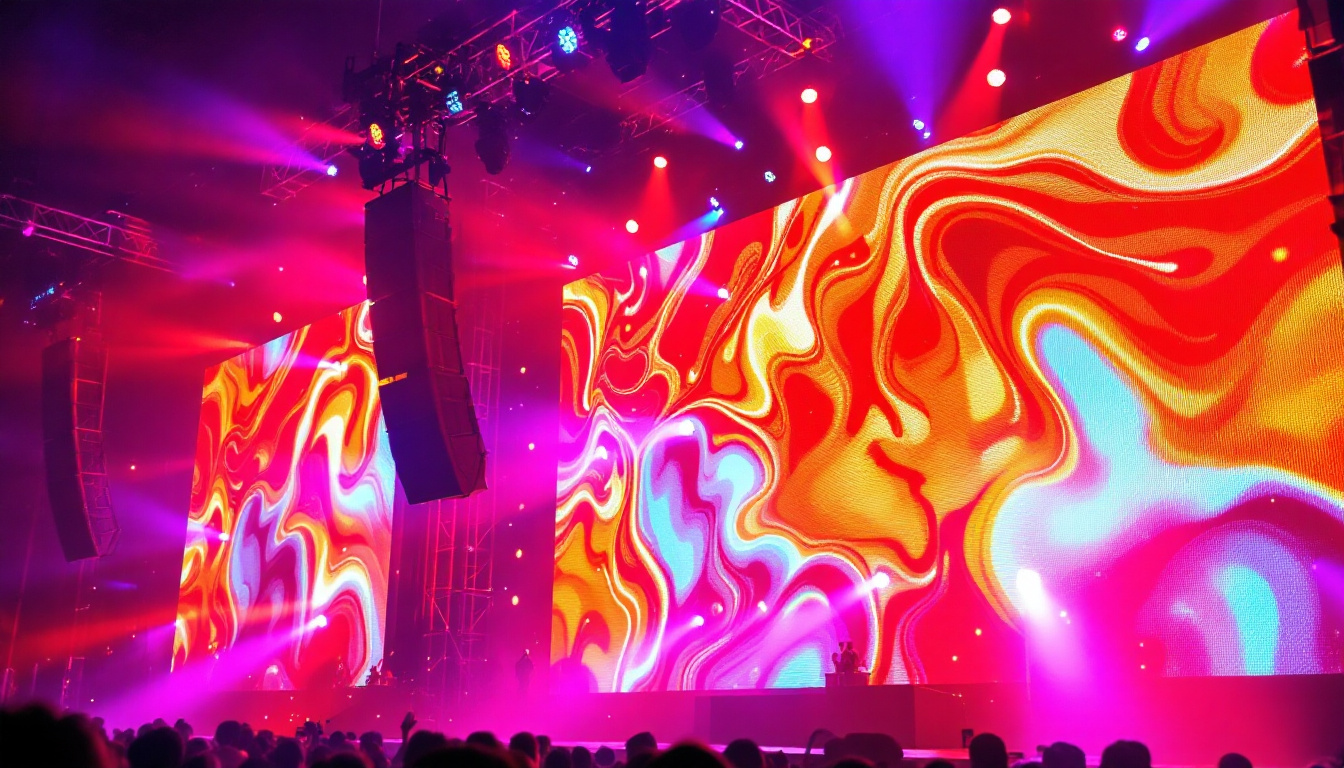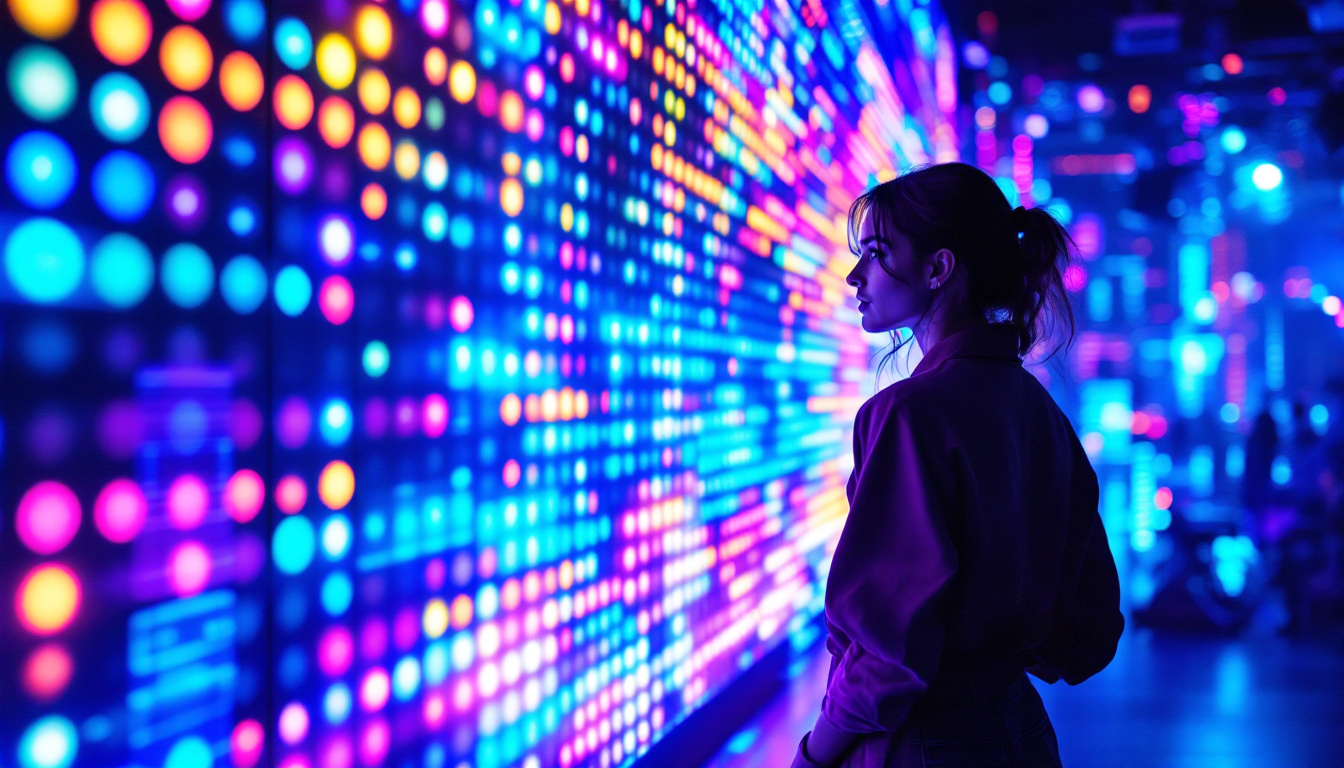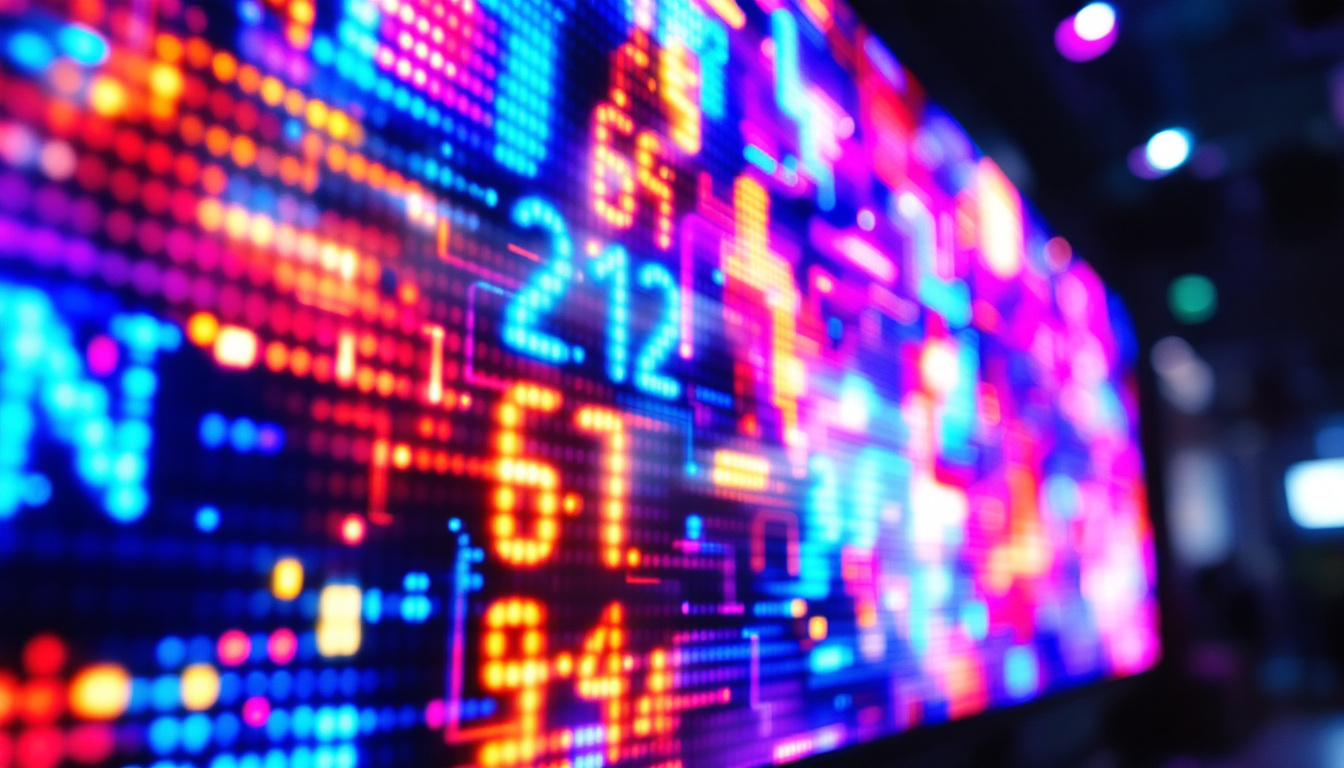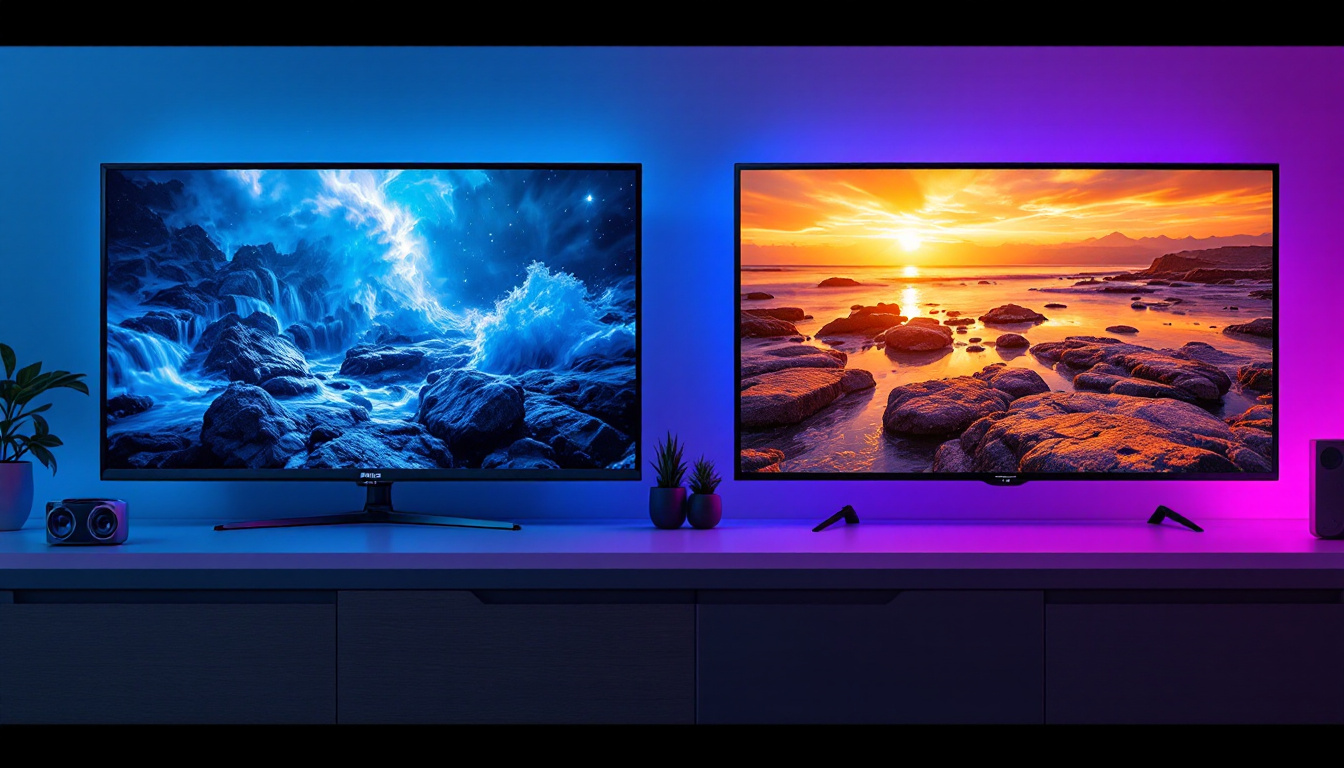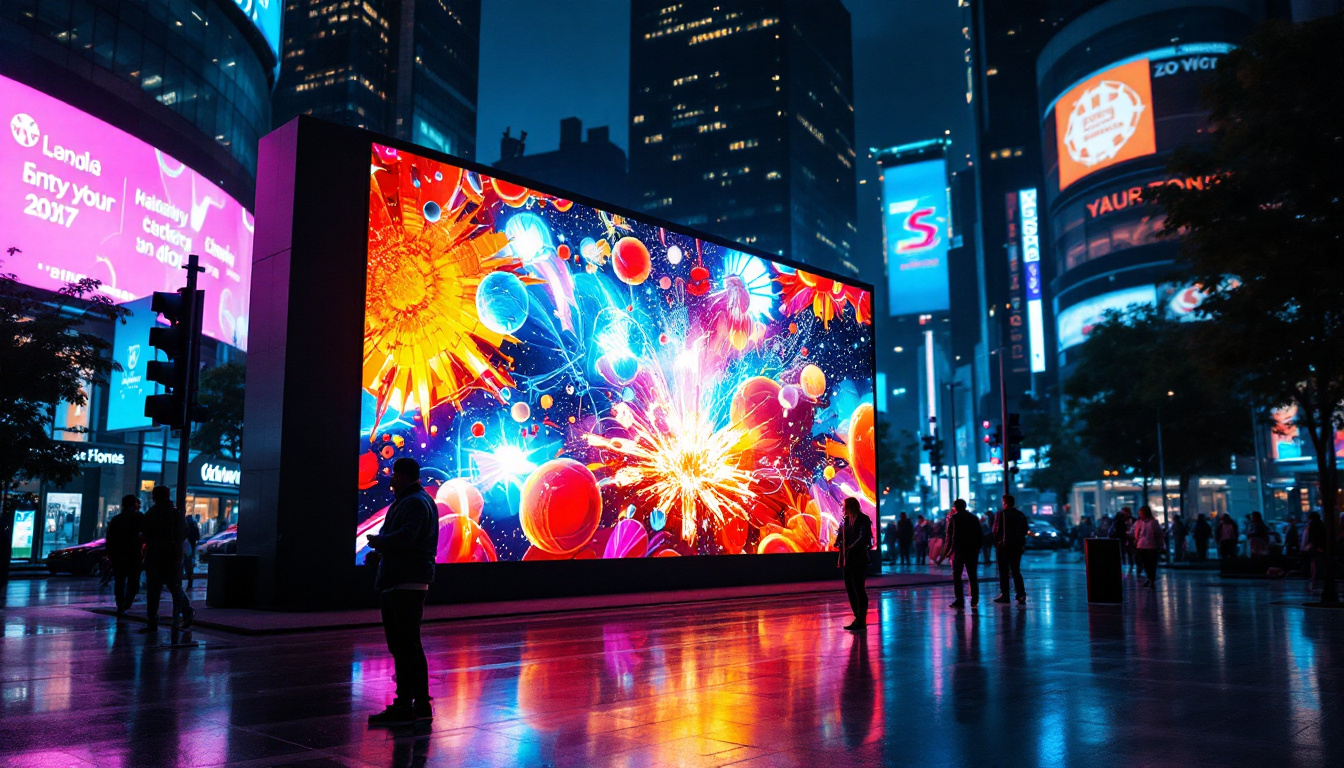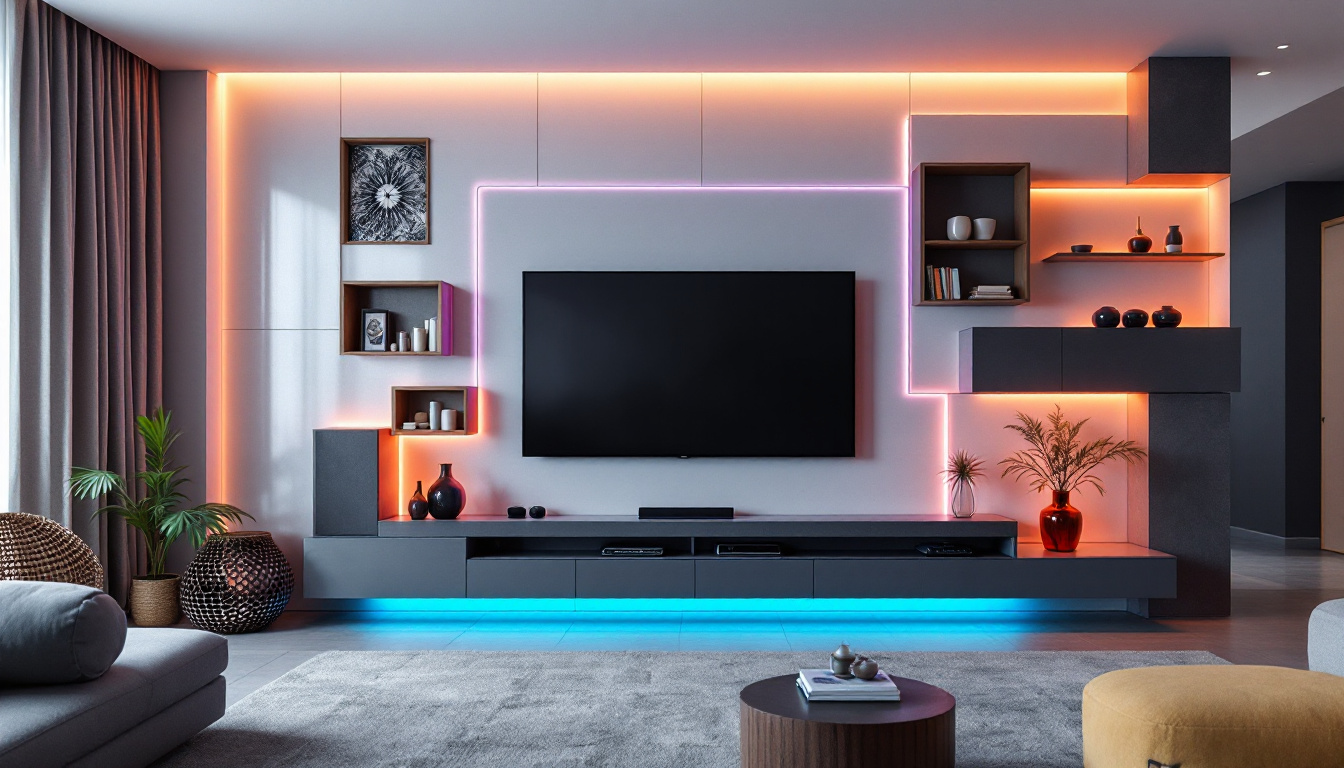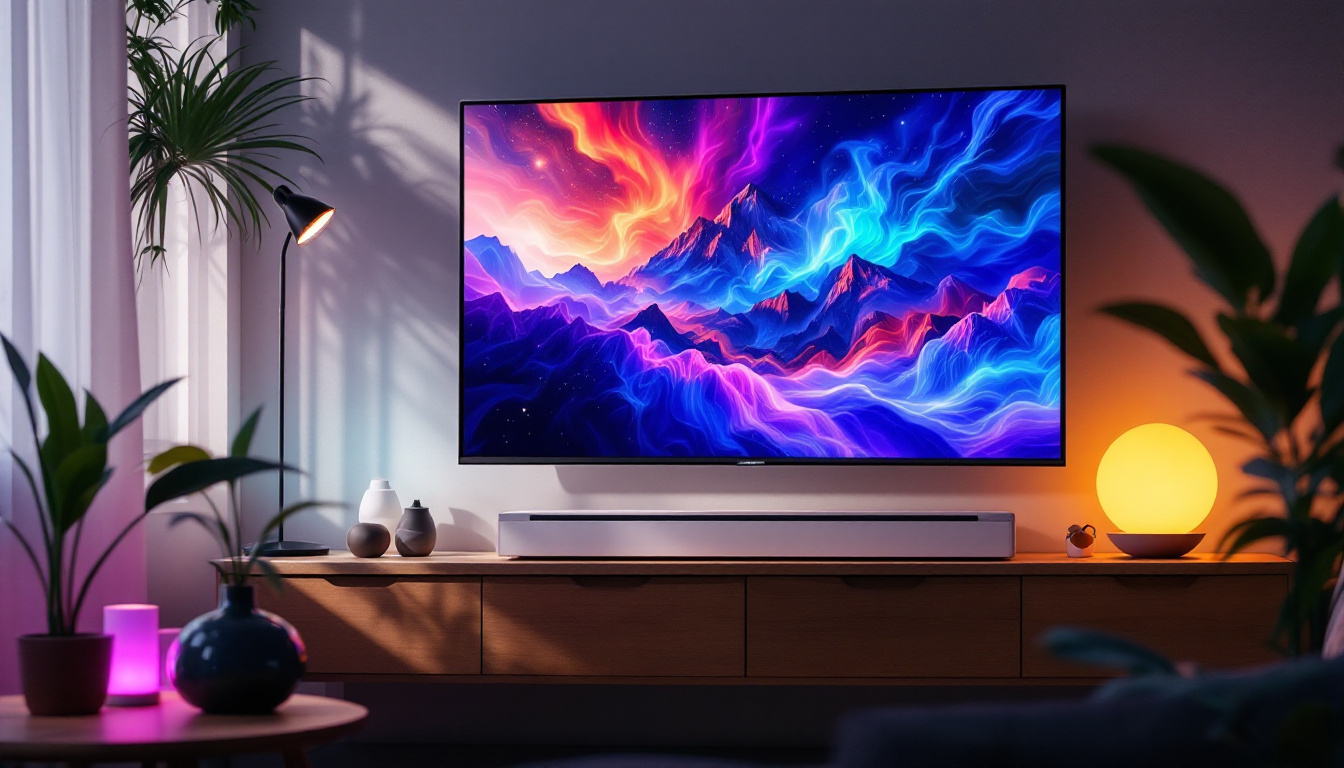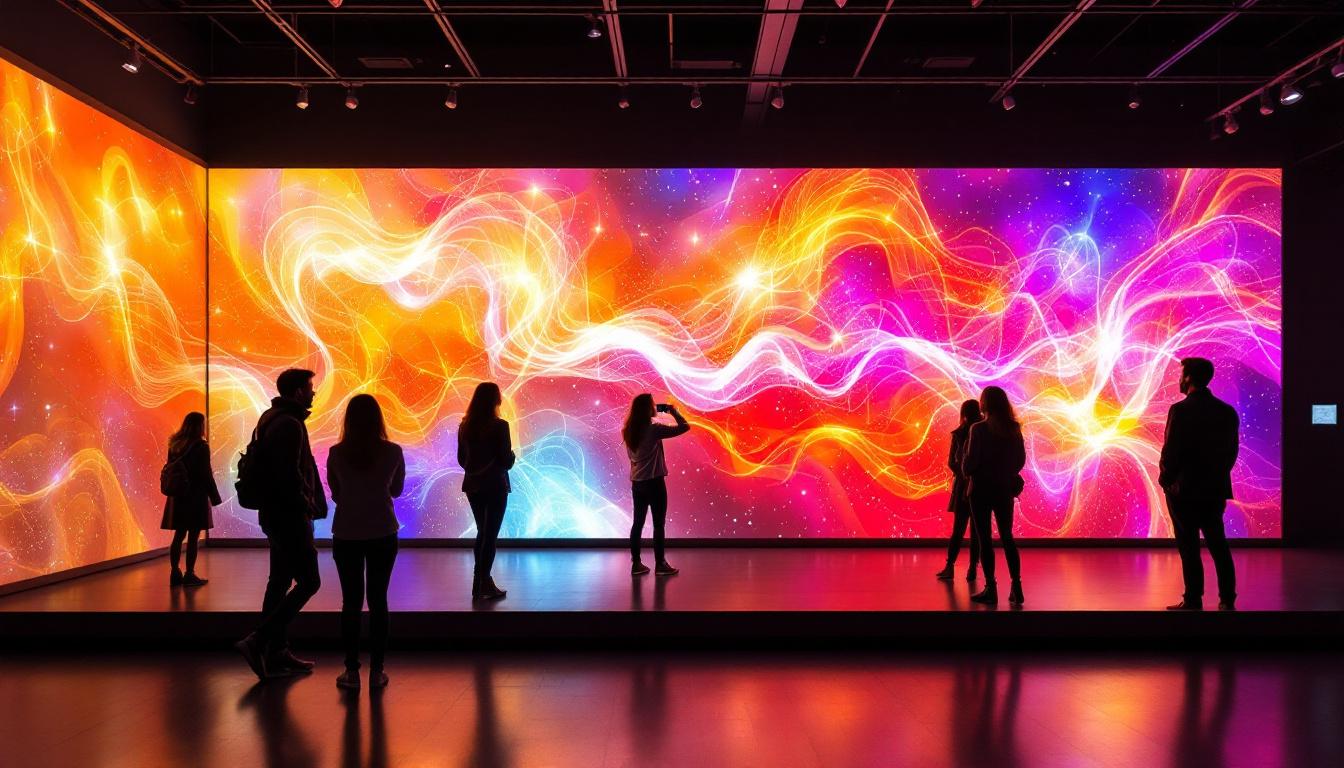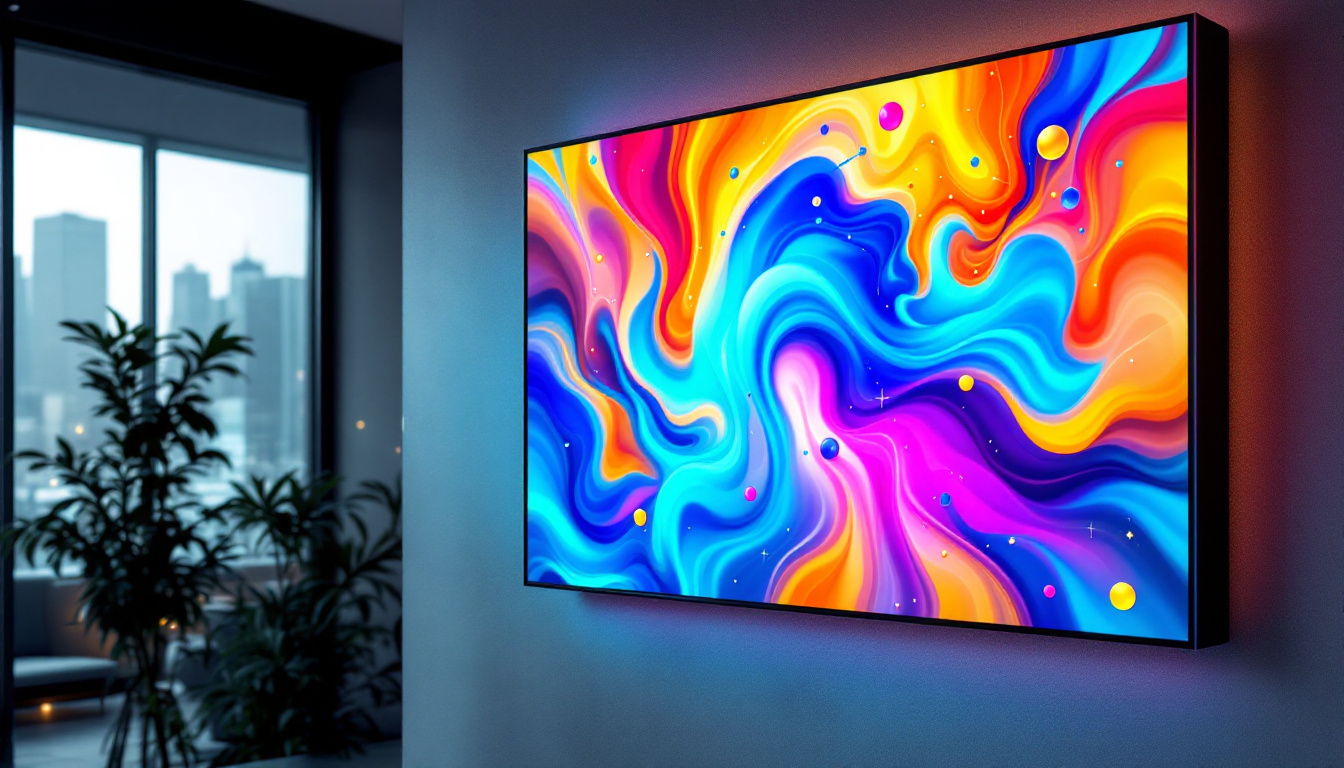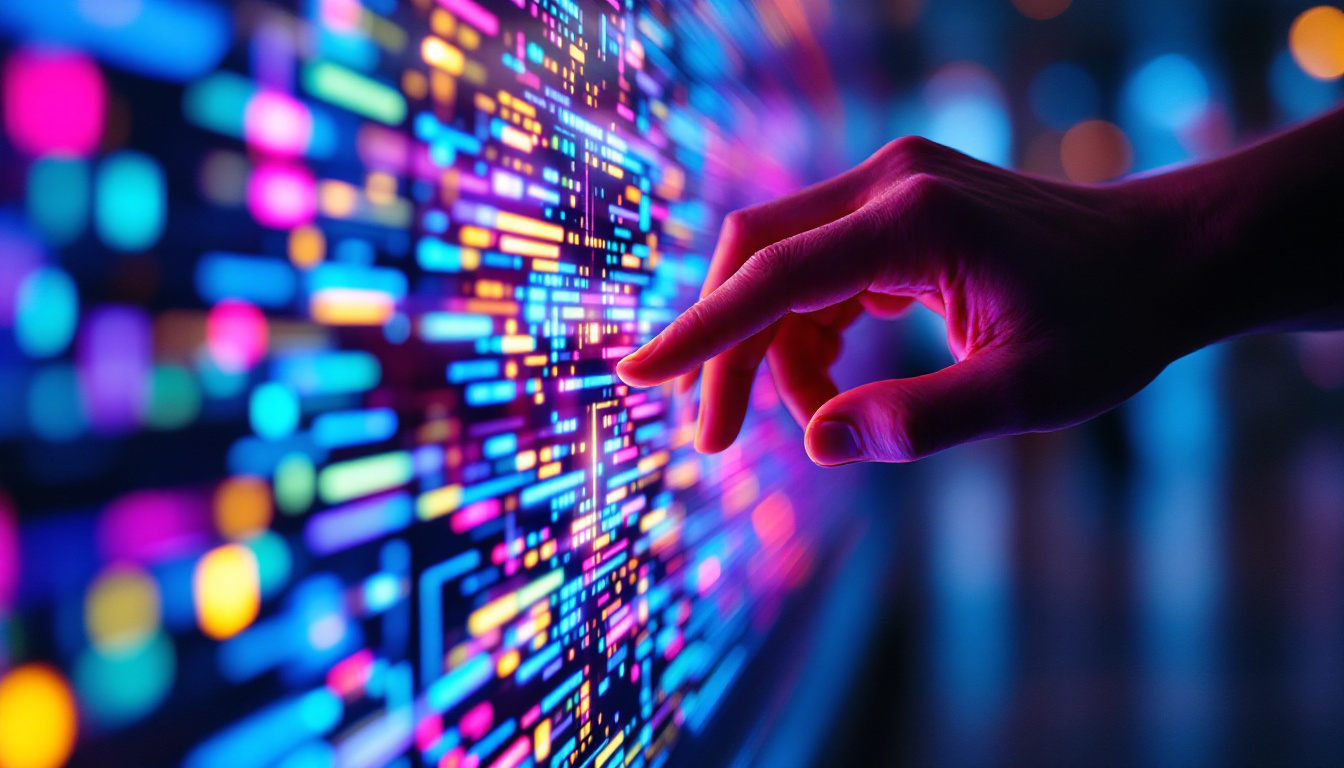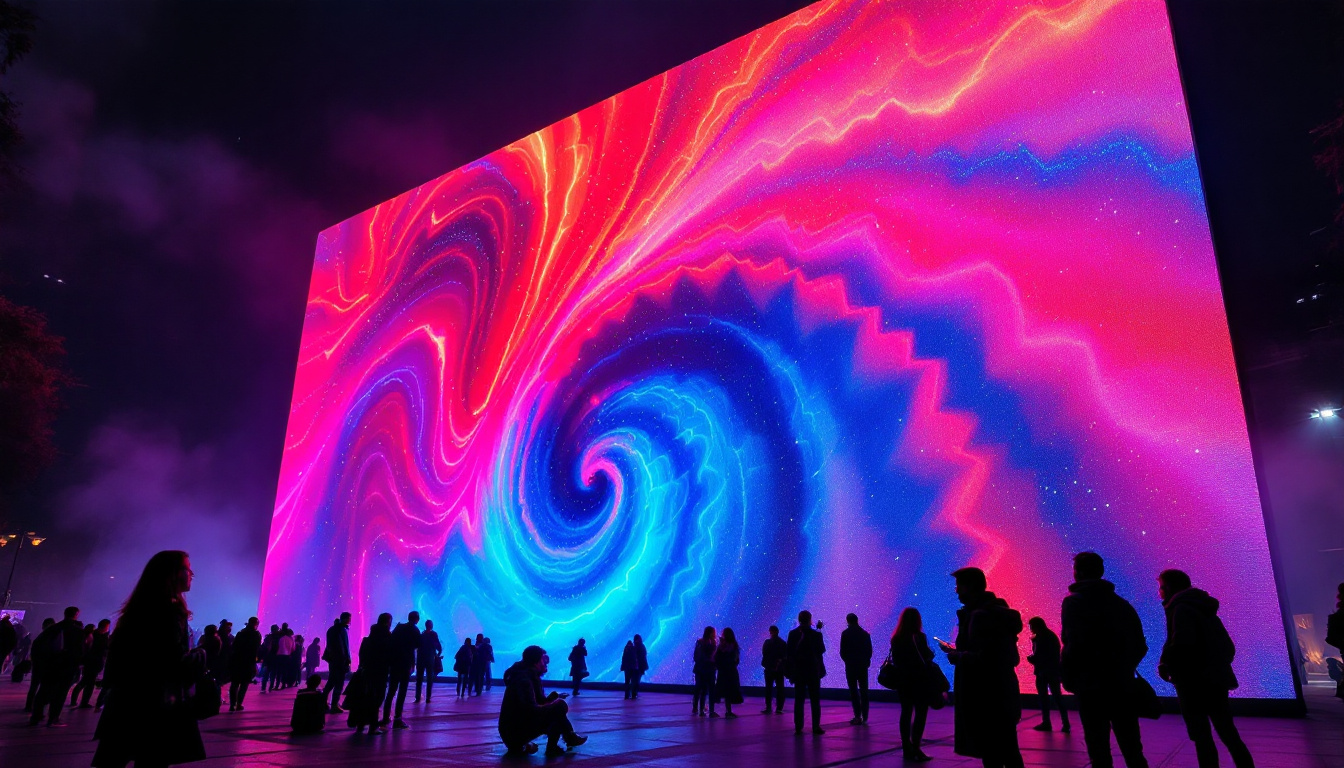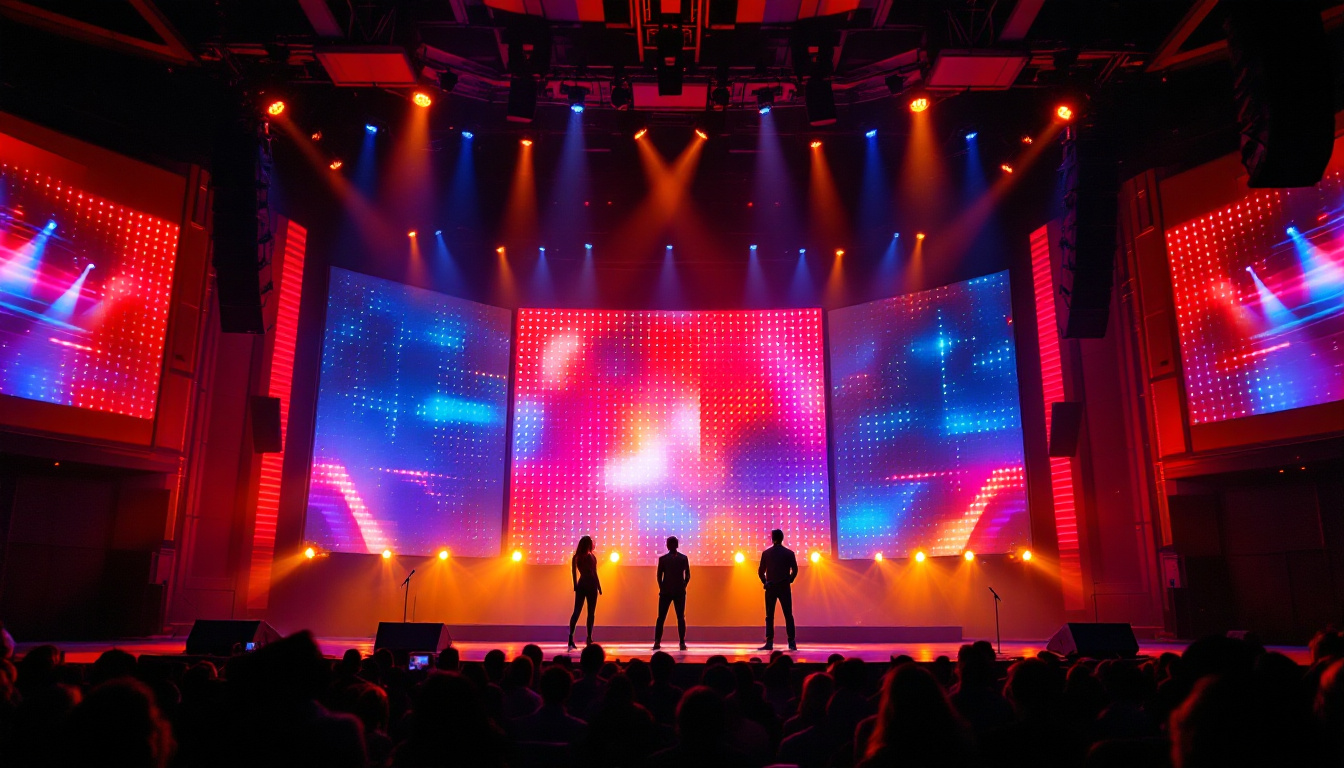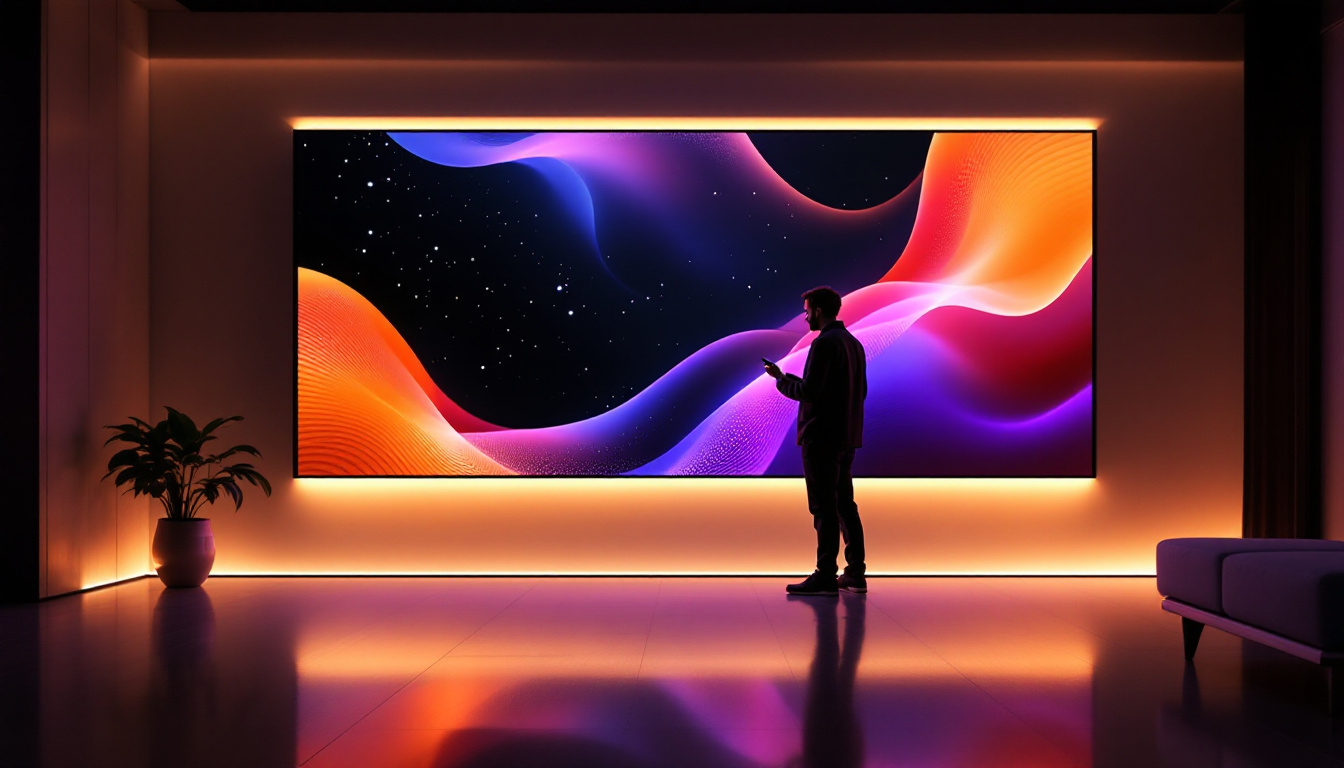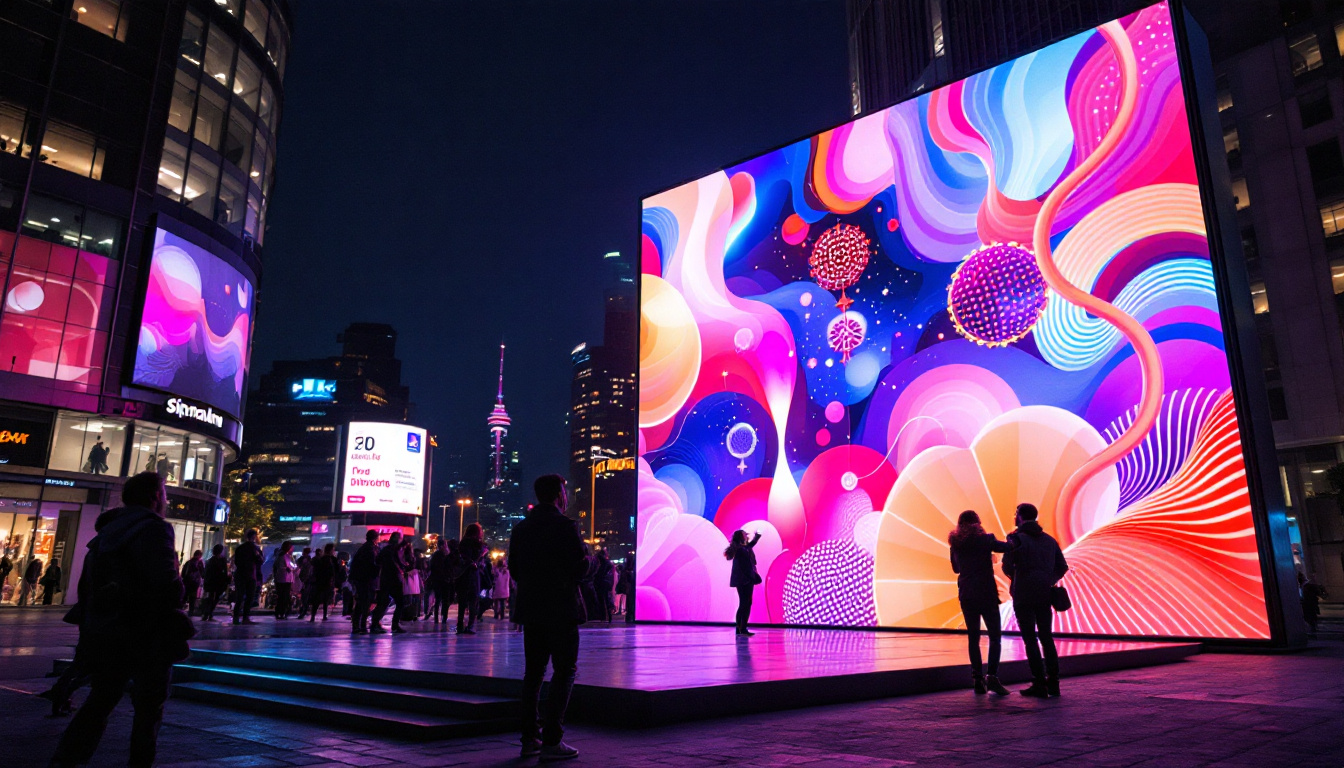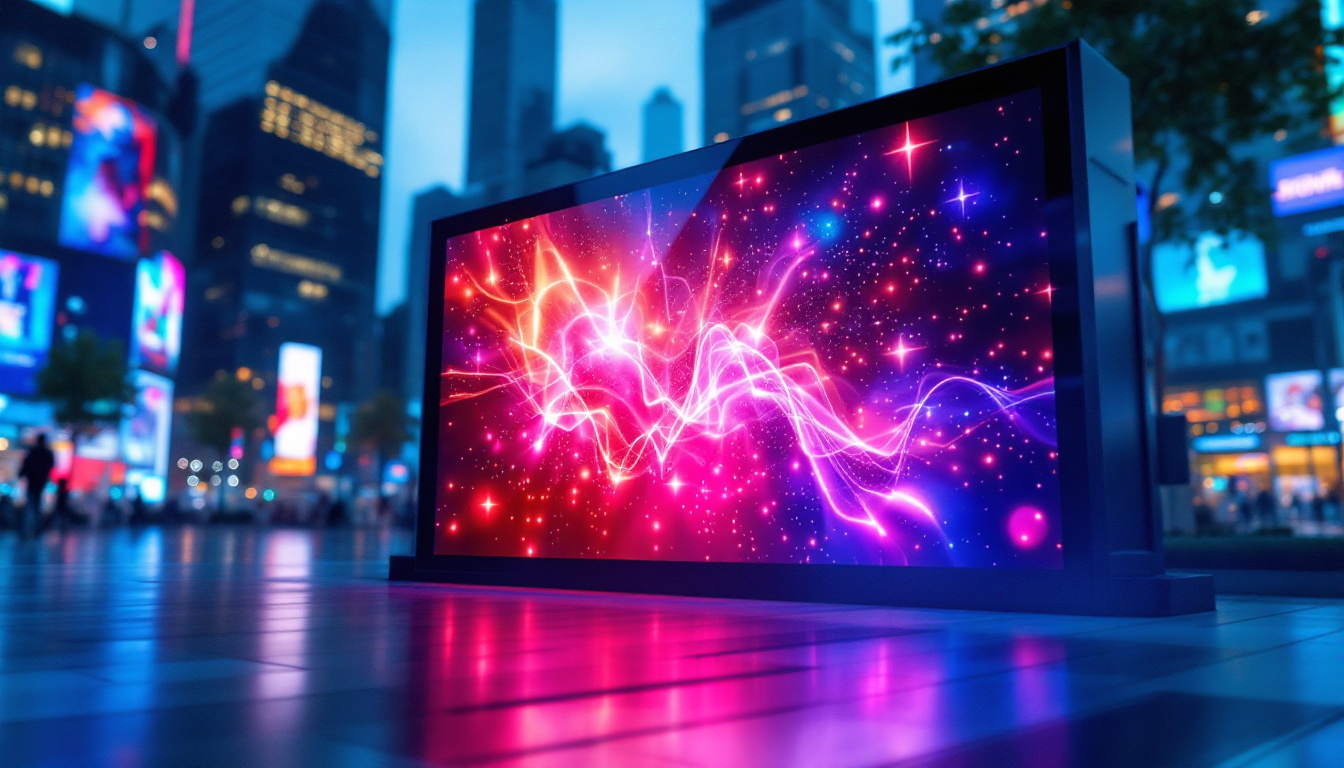In the world of visual presentations, the clarity and quality of the display can make or break the experience. While traditional projector screens have been widely used, the advent of LED technology has transformed how we think about projection. This article delves into the intricacies of making a projector screen using LED displays, exploring the benefits, components, and the step-by-step process involved.
Understanding LED Technology
LED, or Light Emitting Diode, technology has become increasingly popular in various applications, from televisions to street lighting. Its efficiency and brightness make it an ideal choice for projection systems. The growing trend towards energy-efficient solutions has also propelled the adoption of LED technology, as more consumers and businesses seek to reduce their carbon footprint while enjoying high-quality visual experiences.
How LED Works
LEDs operate by passing an electric current through a semiconductor material, which then emits light. This process is not only energy-efficient but also allows for a wide range of colors and brightness levels. The compact size of LEDs enables them to be arranged in various configurations, making them suitable for different display sizes and formats. This adaptability has led to innovative applications, such as flexible LED screens that can bend and conform to various surfaces, providing new opportunities for creative displays in advertising and art installations.
Advantages of LED Displays
One of the primary advantages of LED displays is their brightness. They can produce vibrant colors and high contrast ratios, making them ideal for both indoor and outdoor settings. Additionally, LED screens have a longer lifespan compared to traditional projection methods, reducing the need for frequent replacements. This longevity not only saves money but also minimizes waste, contributing to a more sustainable approach to technology.
Moreover, LED technology is incredibly versatile. It can be used in various environments, from home theaters to large-scale events. The ability to create custom sizes and shapes further enhances its appeal, allowing for unique presentation setups. For instance, in concert venues, LED screens can be configured to create immersive experiences that engage audiences in ways that static displays cannot. Furthermore, advancements in LED technology have led to the development of smart LED systems that can be controlled remotely, allowing for dynamic content changes and interactive displays that respond to audience engagement.
Components of an LED Projector Screen
Creating an LED projector screen involves several key components. Understanding these elements is crucial for anyone looking to build their own screen or upgrade an existing setup.
LED Panels
The heart of any LED display is the LED panels themselves. These panels come in various sizes and resolutions, allowing users to choose the best fit for their needs. When selecting panels, consider factors such as pixel pitch, brightness, and color accuracy. Additionally, the choice of LED technology—whether it’s SMD (Surface-Mount Device) or COB (Chip on Board)—can significantly impact the quality of the image. SMD panels are known for their flexibility and thin profile, making them ideal for curved displays, while COB panels provide superior brightness and durability, perfect for outdoor environments.
Control Systems
A control system is essential for managing the LED panels. This system allows users to adjust settings like brightness, contrast, and color balance. Many modern control systems also support wireless connectivity, enabling remote management and integration with other devices. Some advanced systems even offer features like real-time monitoring and diagnostics, ensuring that any issues can be swiftly addressed. Furthermore, compatibility with various content management software can enhance the user experience by allowing seamless playback of multimedia content across multiple screens.
Mounting and Frame
The mounting system and frame are critical for ensuring the stability and positioning of the LED display. A sturdy frame will support the weight of the panels and maintain their alignment. Various mounting options are available, from wall-mounted setups to portable stands, catering to different usage scenarios. For instance, a fixed installation may require a more robust frame with additional support structures, while a portable solution might prioritize lightweight materials for easy transport. Additionally, considering the environmental factors, such as outdoor exposure or indoor lighting conditions, can influence the choice of materials and design for the frame, ensuring optimal performance and longevity of the screen.
Benefits of Using an LED Projector Screen
Switching to an LED projector screen offers numerous advantages over traditional projection methods. These benefits can significantly enhance the viewing experience, making it a worthwhile investment.
Enhanced Image Quality
One of the most notable benefits of LED displays is their superior image quality. The combination of high brightness and excellent color reproduction results in sharp, vibrant images that can be viewed from various angles without significant loss of quality. This is particularly important in environments where multiple viewers may be seated at different positions, as everyone can enjoy a consistent and immersive visual experience. Furthermore, LED screens often support higher resolutions, allowing for detailed images that are ideal for presentations, movies, and gaming.
Energy Efficiency
LED technology is known for its energy efficiency. Compared to traditional projectors, LED displays consume less power, leading to lower electricity bills and a smaller carbon footprint. This efficiency is particularly beneficial for large installations where power consumption can be a significant concern. Additionally, many LED projector screens come equipped with smart features that allow users to adjust brightness levels based on ambient light, further optimizing energy use and ensuring that the screen is always performing at its best without unnecessary energy waste.
Durability and Longevity
LED displays are built to last. With a lifespan of up to 100,000 hours, they far outlast traditional projection bulbs, which typically need replacement every few thousand hours. This durability translates to lower maintenance costs and reduced downtime for users. Moreover, LED screens are often designed to withstand various environmental factors, making them suitable for both indoor and outdoor use. Whether you’re setting up a home theater, a conference room, or an outdoor movie night, the robust nature of LED technology ensures that your investment will stand the test of time, providing reliable performance for years to come.
Versatility in Use
Another significant advantage of LED projector screens is their versatility. They can be used in a wide range of settings, from corporate boardrooms to educational institutions, and even in home entertainment systems. The ability to easily transport and set up LED screens makes them ideal for events, trade shows, and presentations. Additionally, many models offer features such as wireless connectivity and compatibility with various devices, allowing users to project content seamlessly from laptops, tablets, or smartphones. This flexibility not only enhances user experience but also caters to the diverse needs of different audiences.
Improved Viewing Comfort
LED projector screens also contribute to improved viewing comfort. Unlike traditional projection methods that can cause eye strain due to flickering or poor contrast, LED technology provides a stable and consistent image that is easier on the eyes. The reduced glare and enhanced brightness levels make it possible to enjoy content for extended periods without discomfort. This aspect is particularly beneficial in educational settings where students may be required to focus on presentations for long durations. By minimizing eye fatigue, LED screens help maintain attention and engagement, ultimately leading to a more productive viewing experience.
Steps to Create Your Own LED Projector Screen
Building an LED projector screen can be a rewarding project. Follow these steps to create a high-quality display tailored to your needs.
Step 1: Gather Materials
Before starting, gather all necessary materials. This includes LED panels, a control system, a mounting frame, and any additional wiring or connectors. Ensure that the components are compatible with each other to avoid issues during assembly.
Step 2: Plan Your Design
Designing your screen layout is crucial. Determine the size and aspect ratio of your display based on your intended use. Consider factors like viewing distance and the environment where the screen will be used. Sketching out your design can help visualize the final product.
Step 3: Assemble the Frame
Construct the frame using sturdy materials that can support the weight of the LED panels. Ensure that the frame is level and securely fastened to prevent any wobbling or misalignment. If using a wall-mounted option, ensure that it is anchored properly to the wall for stability.
Step 4: Install the LED Panels
Carefully attach the LED panels to the frame, following the manufacturer’s instructions. Ensure that the panels are aligned correctly to avoid gaps or misalignment in the display. Connect the panels to the control system, ensuring that all wiring is secure and properly insulated.
Step 5: Configure the Control System
Once the panels are installed, configure the control system to optimize the display settings. Adjust brightness, contrast, and color settings according to your preferences. Test the display with various content to ensure that it meets your expectations.
Considerations for Optimal Performance
To achieve the best results from your LED projector screen, several factors should be considered during and after the assembly process.
Viewing Environment
The environment where the screen will be used plays a significant role in its performance. Ambient light levels can affect visibility, so consider using the screen in a controlled lighting environment for optimal results. If using outdoors, ensure that the brightness of the LED display is sufficient to combat natural light.
Maintenance and Care
Regular maintenance is essential for keeping the LED display in top condition. Dust and debris can accumulate on the panels, affecting image quality. Clean the screens periodically with appropriate cleaning solutions and soft cloths to avoid scratches.
Software Updates
Many modern LED control systems come with software that may require updates. Keeping the software current ensures that the display functions optimally and benefits from the latest features and improvements. Regularly check for updates and install them as necessary.
Conclusion
Creating an LED projector screen can elevate the quality of presentations, movie nights, or gaming sessions. With their superior image quality, energy efficiency, and durability, LED displays are a worthwhile investment for any visual enthusiast.
By understanding the components involved, following the assembly steps, and considering optimal performance factors, anyone can create a custom LED projector screen tailored to their specific needs. Embracing this technology not only enhances the viewing experience but also opens up new possibilities for creative presentations and entertainment.
As technology continues to evolve, staying informed about the latest advancements in LED displays will ensure that users can take full advantage of the benefits they offer. Whether for personal use or professional settings, an LED projector screen is a valuable addition to any visual setup.
Discover LumenMatrix’s Innovative LED Display Solutions
Ready to transform your visual presentations with the latest in LED technology? LumenMatrix is at the forefront of LED display innovation, offering a wide array of solutions to meet your every need. From captivating Indoor LED Wall Displays to dynamic Outdoor LED Wall Displays, and from versatile Vehicle LED Displays to sleek LED Poster Displays, our products are designed to make your brand shine. Experience the future of visual communication with our LED Sports Displays, interactive Floor LED Displays, and the revolutionary All-in-One LED Display. For those seeking a unique touch, our Custom LED Displays and LED Transparent Displays are perfect for creating unforgettable experiences. Elevate your visual setup today and check out LumenMatrix LED Display Solutions to see how we can help you share your message with impact and clarity.

